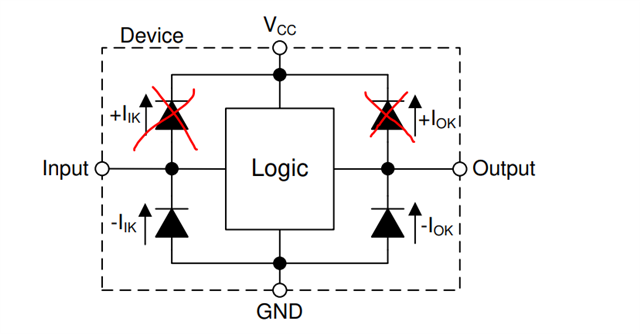Other Parts Discussed in Thread: SN74HCS240, SN74AC240, , SN74AHCT240
One question for the voltage derating of the VCC bias power.
In application, the typical bias power is 5.25V connected to VCC pin that is generated from system aux power and Flyback. In application, the Over voltage protection is set to 5.9V and the trigger timing is about 1.5uS.
Assume that the 5.9V transient voltage is happened at VCC pin and with 1.5uS then protected. Is VCC pin able to be derating with that?
one more, Is there any life decay when VCC bias power is operating over the recommend voltage of 5.5V? If so how is the decay diagram?
thanks !
regards
Brian



